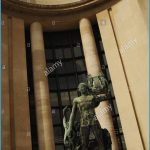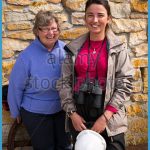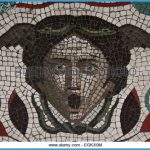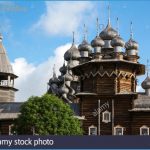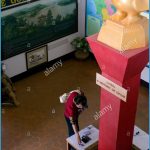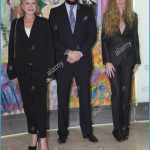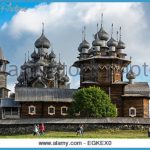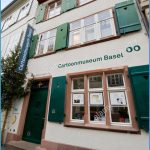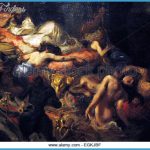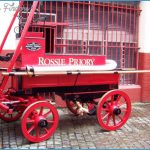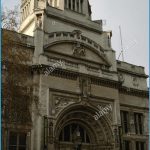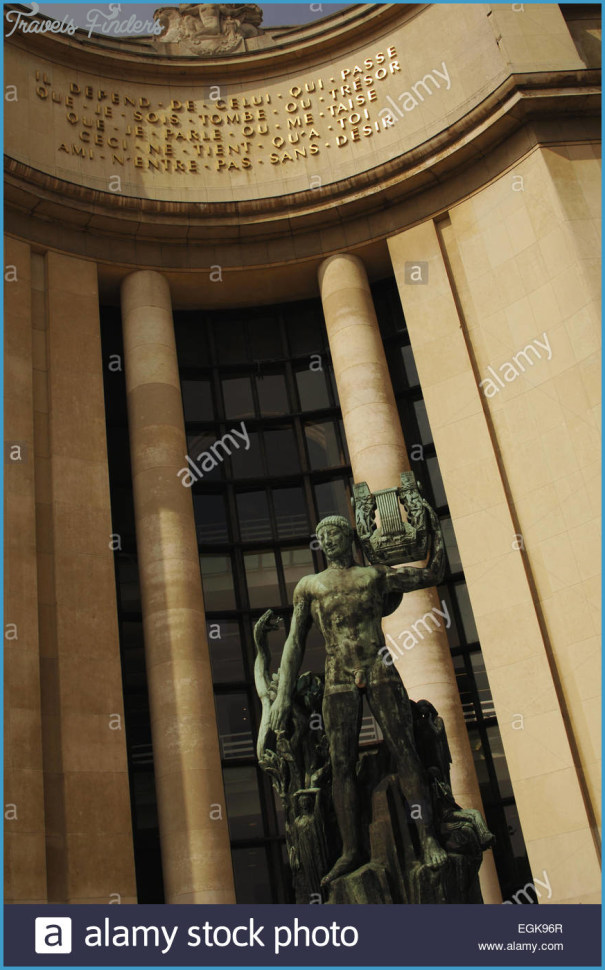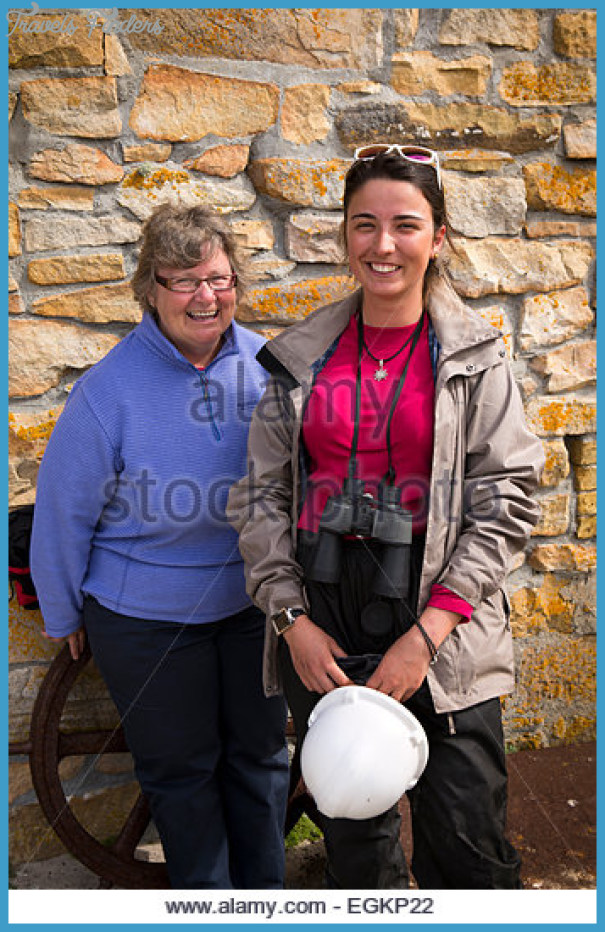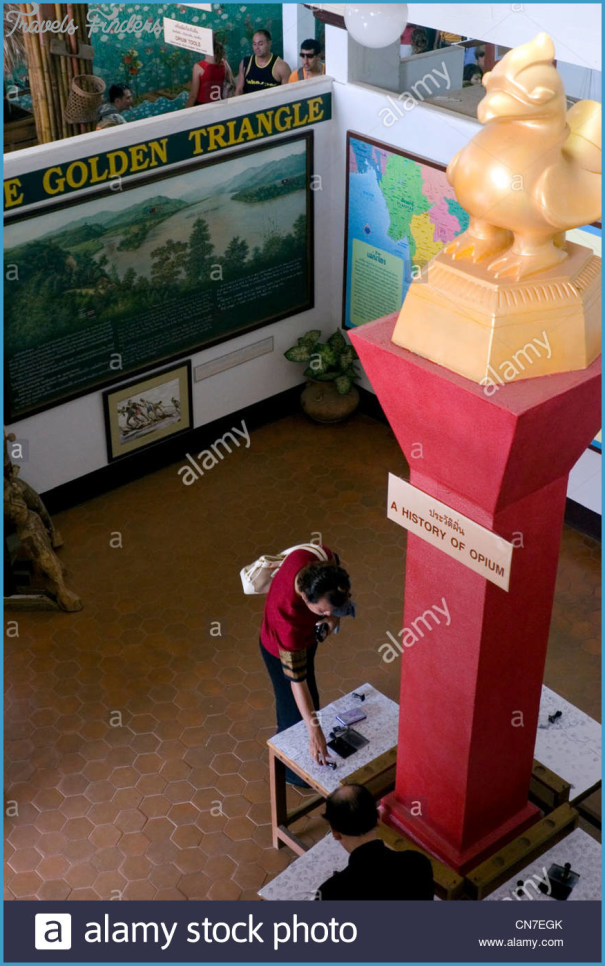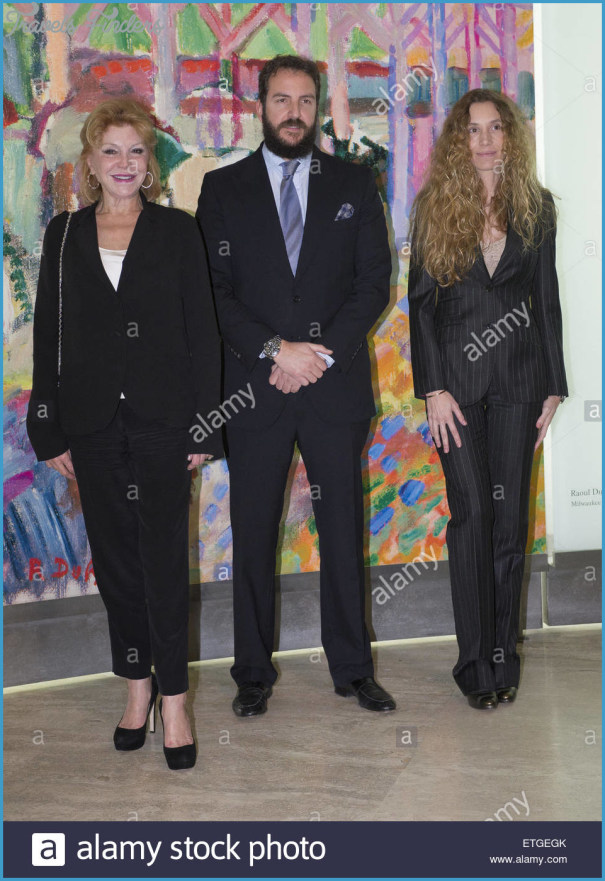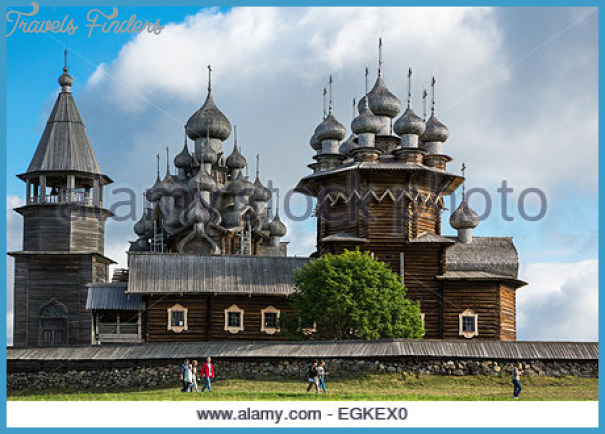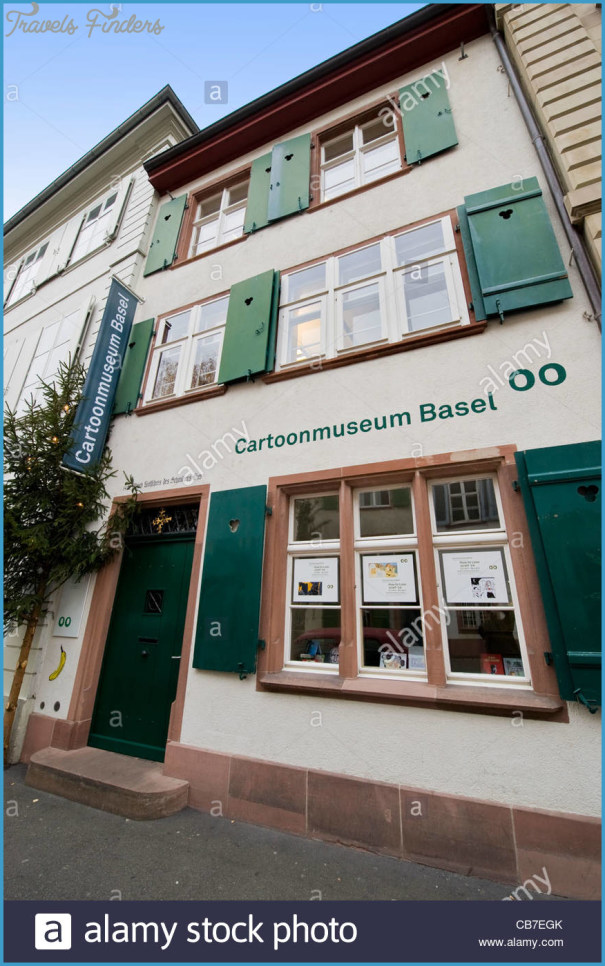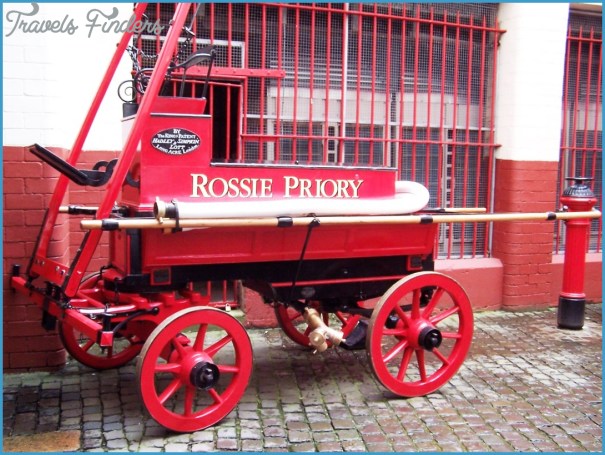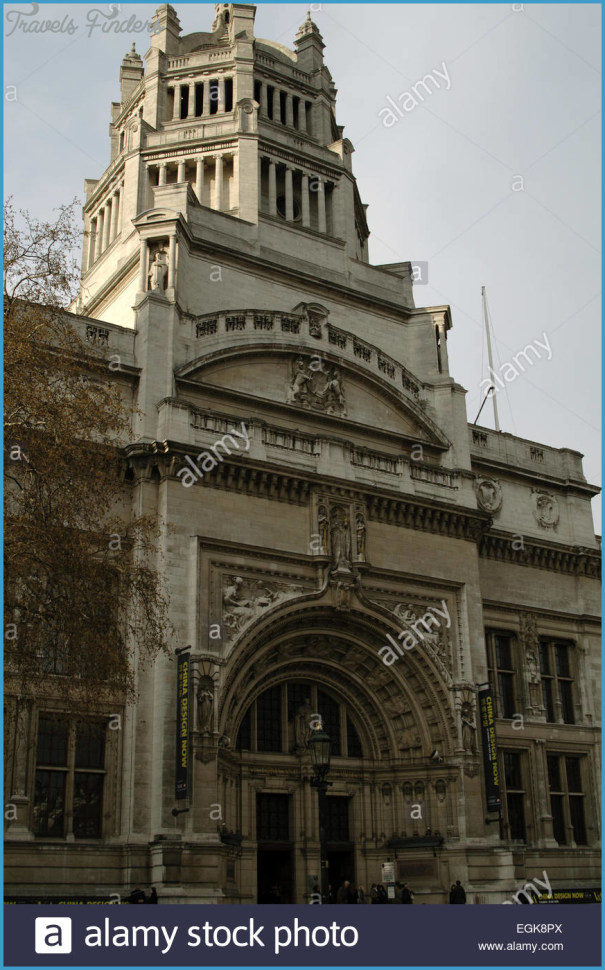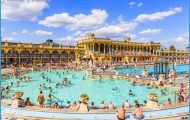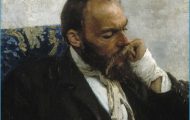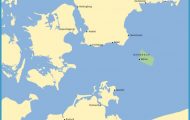EGK MUSEUM
Donauworth, a small town on the Danube in Swabia, about 50 km north of Augsburg, takes great pride in its connection with the 20th-century opera and ballet composer Werner Egk. Egk was born close by, in Auchsesheim, on 7 May 1901, and lived there for seven years (the house was destroyed in 1938, but he is commemorated with a bust in the central Platz and a specially planted tree) before enrolling in the Gymnasium at Augsburg. He spent most of his career in Berlin, as director of the Staatsoper, where in 1937 his fairytale opera Die Zaubergeige was first ecstatically received; during World War II, he was director of the composers’ section of the Reichsmusikkammer and, from 1950 to 1953, of the Hochschule fur Musik.
In 1971 he and his violinist wife Elisabeth retired to Donauworth, where they were received with evident warmth; he was soon made an honorary citizen. The following year he established the Werner-Egk-Kulturpreis, awarded biennially ever since. He dedicated his Funf Stucke fur Blaserquintett to the local citizens; the town reciprocated in 1982 by opening a Werner-Egk-Begegnungsstatte, in a former 17th-century Capuchin monastery, the Deutschordenshaus – to which Egk responded by composing his only string quartet, Die Nachtigall’.
EGK MUSEUM Photo Gallery
Egk died on 10 July 1983 and was buried next to his wife (d 1978) in the municipal cemetery; their tombstone bears his own maze-like design. Three years later, on what would have been his 85th birthday, the town celebrated its 750th Jubilee by inaugurating a ten-bell glockenspiel at the top of the Rathaus which, every hour between 11.00 and 18.00, plays a melody from Die Zaubergeige. To celebrate his 90th anniversary a bronze sculpture evoking Die Zaubergeige was commissioned from Hans Ladner for the Donauworther Promenade; it was unveiled in 1991 in a fountain at the end of an alley of birch trees.
In 1993 the monastery was renovated, and the Egk museum was reinstated in three rooms and two hallways on the first floor, with a doll museum (the Kathe-Kruse-Puppen-Museum) downstairs. The largest room devoted to the composer contains furniture from his last house, at Inning am Ammersee, not far from the retirement home of his mentor Carl Orff, along with some of his own drawings and watercolours, his Bluthner grand piano (not used for recitals) and a collection of folk instruments. There are also photographs of the composer and his wife, a bronze bust by Karl Bauer (1922-4), a portrait by Kurt Weinhold (1942), a bronze life mask and (in an alcove) a death mask.
In the hall immediately outside are more photographic collages, glass cases filled with medallions and awards and publications about Egk, and another bronze bust, by Arno Breker (1978-9). A long corridor is lined with posters for his operas and still more photographs, this time of his ballets (Casanova in London and Franzosische Suite nach Rameau) and operas (Die chinesische Nachtigall and Die Verlobung in San Domingo), and there are cases with costumes from the 1959 production of his 1940 ballet Joan von Zarissa. In six further cases, along the outside wall, are the fruits of the Werner Egk prize: recordings, books and stage designs.
In the remaining rooms are photographs and maquettes of productions of his operas; set designs for the controversial 1979 production of his Faust ballet, Abraxas (1948), and Oskar Kokoschka’s 1954 lithographs of the first production of the opera Irische Legende; and cases with Elisabeth Egk’s violins together with programmes, editions and recordings of his music. In spite of the many attractively presented images of Egk and his music, and the presence of listening equipment in the main room, no sound of his music disturbs the quiet.

